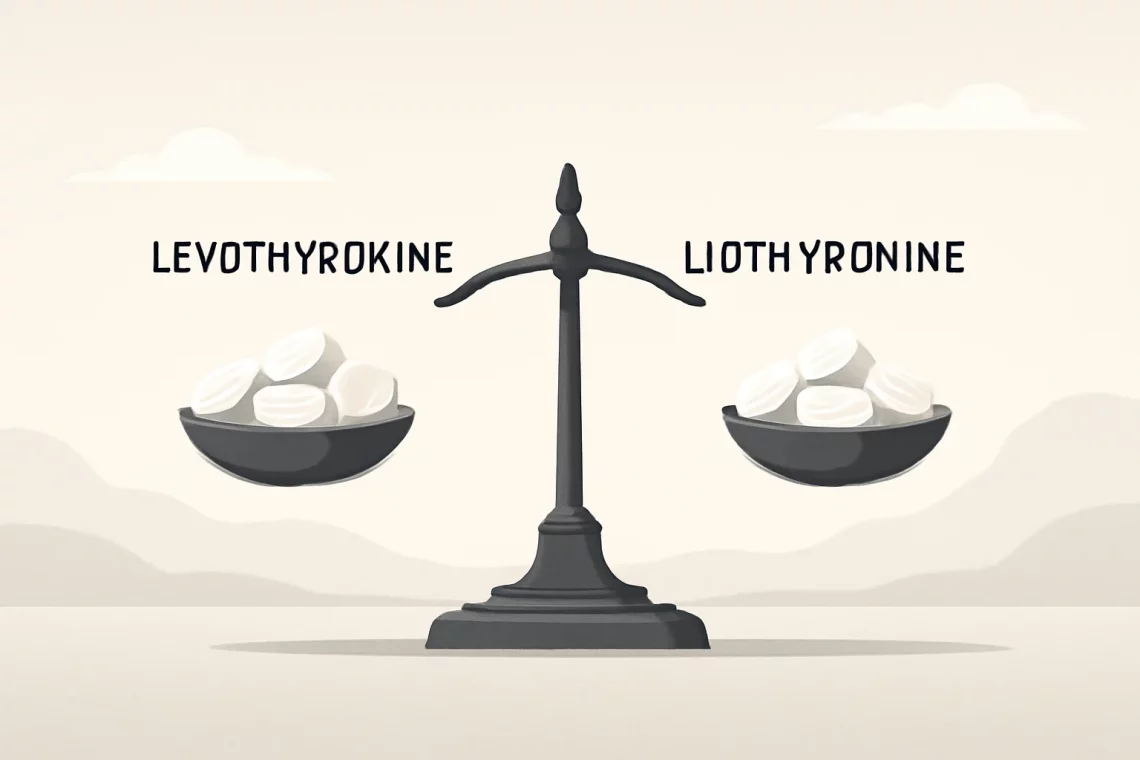Health
-
Nifedipine vs Amlodipine: Which Medication is Right for You?
High blood pressure and certain heart conditions are prevalent health issues that affect millions of individuals worldwide. As the demand for effective treatments grows, various medications have been developed to help manage these conditions. Among them, calcium channel blockers have gained prominence for their ability to relax blood vessels and improve blood flow. Two widely used medications in this category are nifedipine and amlodipine. Both drugs are effective in lowering blood pressure and are often prescribed to patients dealing with hypertension or angina. Despite their similarities, nifedipine and amlodipine have distinct properties, mechanisms of action, and side effect profiles that can influence a healthcare provider’s choice in prescribing one over…
-
Nifedipine vs Amlodipine: Which is Better for Blood Pressure Management?
Nifedipine and amlodipine are both medications that belong to the class of calcium channel blockers, which are primarily used in the treatment of hypertension and angina. These drugs work by inhibiting the influx of calcium ions into the smooth muscle cells of the heart and blood vessels, leading to vasodilation and a subsequent decrease in blood pressure. As cardiovascular diseases continue to be a significant concern worldwide, understanding the nuances between these two medications can empower patients and healthcare providers to make informed decisions regarding treatment options. The choice between nifedipine and amlodipine may depend on various factors, including the specific health conditions of the patient, their medical history, and…
-
Botox vs Jeuveau: Which Injectable Is Right for You?
Botox and Jeuveau have emerged as two of the most popular cosmetic treatments for reducing the appearance of fine lines and wrinkles. As the demand for non-surgical aesthetic procedures continues to rise, individuals seeking youthful, vibrant skin often find themselves weighing the merits of these two options. Both treatments are designed to temporarily relax the facial muscles, leading to a smoother complexion, but they differ in formulation, application, and potential results. Understanding the nuances between Botox and Jeuveau is essential for anyone considering these treatments. Factors such as cost, duration of effects, and individual skin types can significantly influence a person’s choice. Furthermore, as the aesthetic landscape evolves, new alternatives…
-
Furosemide vs Bumetanide: Which Diuretic is Right for You?
Furosemide and bumetanide are two medications belonging to the class of diuretics, commonly referred to as “water pills.” These drugs play a pivotal role in managing fluid retention and hypertension, conditions that can lead to more severe health issues if left unattended. While both are effective in their respective uses, they have distinct characteristics that can influence a healthcare provider’s choice based on individual patient needs. Diuretics work by promoting the excretion of sodium and water from the body, thereby reducing blood volume and, consequently, blood pressure. This mechanism is particularly beneficial for patients suffering from conditions such as congestive heart failure, liver cirrhosis, and kidney disorders. Despite their similarities,…
-
Cephalexin vs Augmentin: Key Differences and Uses Explained
The world of antibiotics is vast and complex, often leaving patients and healthcare professionals with challenging choices. Among the many antibiotics available, Cephalexin and Augmentin are two commonly prescribed medications. Both belong to different classes of antibiotics and are utilized to combat bacterial infections, but they differ significantly in their mechanisms, uses, and effectiveness. Understanding these differences is crucial for making informed decisions regarding treatment options. Cephalexin is a first-generation cephalosporin antibiotic, known for its efficacy against a variety of gram-positive bacteria. It works by disrupting the synthesis of the bacterial cell wall, ultimately leading to cell death. On the other hand, Augmentin is a combination antibiotic that contains amoxicillin…
-
Amoxicillin vs Clindamycin: Comparing Antibiotics for Effective Treatment
In recent years, the importance of understanding antibiotics has grown significantly among the general public. With the rise of antibiotic resistance and the increasing prevalence of bacterial infections, it is essential to be informed about the various treatment options available. Among these options, Amoxicillin and Clindamycin are two commonly prescribed antibiotics that serve different purposes and have distinct mechanisms of action. Both drugs are used to combat bacterial infections, but they vary in their effectiveness against specific types of bacteria and conditions. This knowledge is crucial not only for healthcare professionals but also for patients who want to make informed decisions about their treatment. The conversation around antibiotics often delves…
-
Levothyroxine vs Liothyronine: Choosing the Right Thyroid Medication
Levothyroxine and liothyronine are two medications commonly prescribed to manage thyroid hormone levels in individuals with thyroid disorders. The thyroid gland, a small butterfly-shaped gland located in the neck, plays a critical role in regulating metabolism, energy production, and overall hormonal balance in the body. When the thyroid is underactive, or hypothyroid, it can lead to symptoms such as fatigue, weight gain, depression, and sensitivity to cold. Levothyroxine is a synthetic form of thyroxine (T4), a hormone that the thyroid naturally produces. This medication aims to restore normal hormone levels, alleviating the symptoms of hypothyroidism. On the other hand, liothyronine is a synthetic form of triiodothyronine (T3), which is a…
-
Ciprofloxacin vs Doxycycline: Which Antibiotic is Right for You?
Ciprofloxacin and doxycycline are two widely used antibiotics that belong to different classes of medications, each with its unique mechanisms of action and therapeutic applications. Understanding the distinctions between these two drugs can be crucial for both healthcare professionals and patients when deciding on the most appropriate treatment for bacterial infections. Ciprofloxacin is a fluoroquinolone antibiotic that works by inhibiting bacterial DNA gyrase and topoisomerase IV, enzymes essential for bacterial replication and survival. It is effective against a broad range of gram-negative and some gram-positive bacteria, making it a versatile choice for treating various infections, including urinary tract infections, respiratory infections, and certain gastrointestinal infections. On the other hand, doxycycline…
-
Amoxicillin vs Levaquin: Understanding Their Differences and Uses
Amoxicillin and Levaquin are two widely used antibiotics, each with distinct mechanisms of action and treatment applications. Understanding the differences between these medications is crucial for both healthcare providers and patients. Antibiotics play a vital role in combating bacterial infections, but their effectiveness can vary depending on the type of bacteria involved and the specific properties of the medication. Amoxicillin, a member of the penicillin class, is commonly prescribed for a variety of infections, including those affecting the respiratory tract and urinary system. It operates by inhibiting bacterial cell wall synthesis, leading to the death of susceptible bacteria. Levaquin, on the other hand, is a fluoroquinolone antibiotic that works by…
-
Cephalexin vs Amoxicillin: Key Differences and Uses Explained
The world of antibiotics is complex and diverse, offering a range of options to combat bacterial infections. Two commonly prescribed antibiotics are cephalexin and amoxicillin. Both belong to the penicillin class of drugs, yet they have distinct characteristics, uses, and mechanisms of action. Understanding these differences is essential for making informed decisions about treatment options. Cephalexin, a first-generation cephalosporin, has been a staple in treating various infections, including skin and respiratory tract infections. On the other hand, amoxicillin, a broad-spectrum penicillin, is widely used for its efficacy against a variety of bacterial infections, including ear infections and urinary tract infections. The choice between these two antibiotics often depends on the…






































